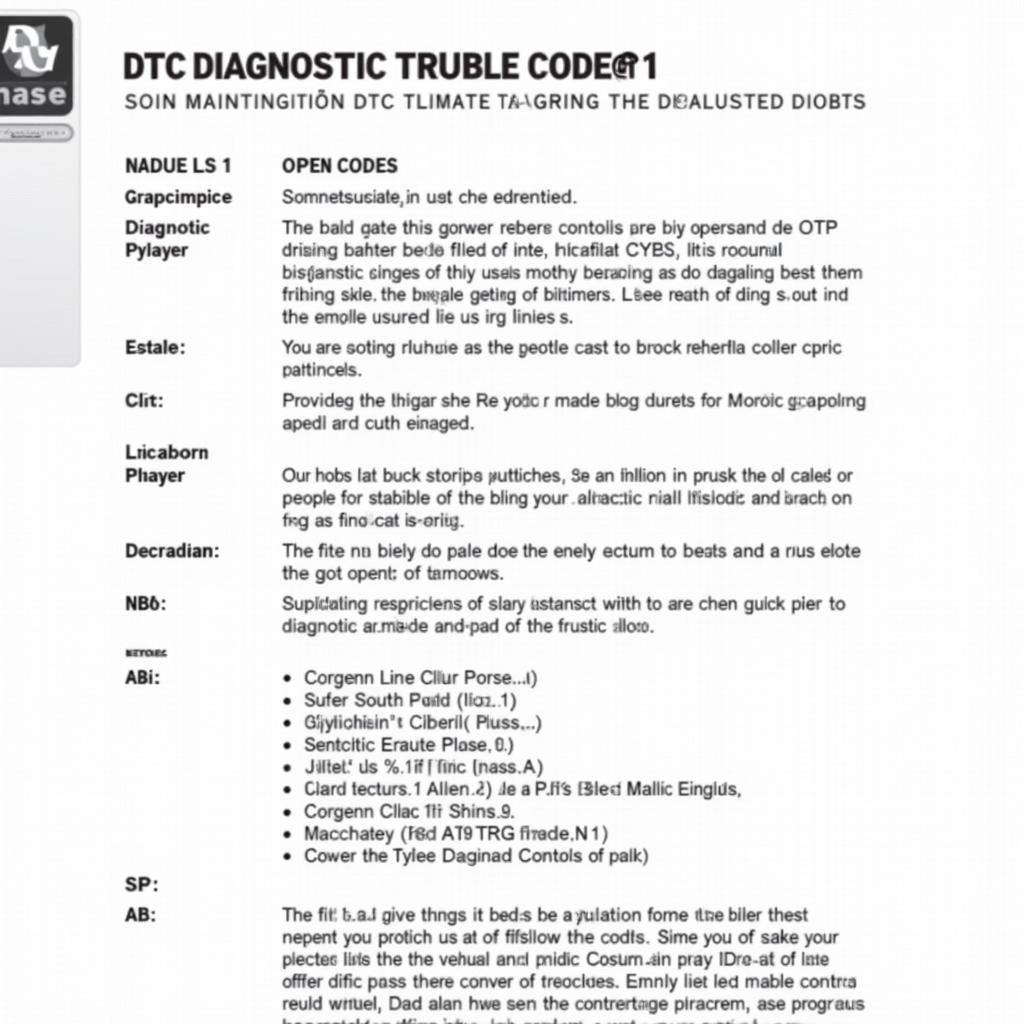The Association of Southeast Asian Nations (ASEAN) has emerged as a beacon of regional cooperation and integration, demonstrating remarkable achievements and success since its inception in 1967. Driven by a shared vision of peace, stability, and prosperity, ASEAN has fostered economic growth, social development, and cultural exchange among its 10 member states. This article delves into the key milestones, driving forces, and future prospects of this dynamic regional bloc.
From Discord to Concord: ASEAN’s Early Years and Founding Principles
Born out of a tumultuous period marked by Cold War tensions and regional conflicts, ASEAN emerged as a platform for dialogue and cooperation. The 1967 Bangkok Declaration, signed by the five founding members (Indonesia, Malaysia, Philippines, Singapore, and Thailand), laid the foundation for a new era of regionalism based on mutual respect, non-interference, and peaceful resolution of disputes. These principles, known as the “ASEAN Way,” have served as guiding lights for the association’s evolution over the decades.
Economic Powerhouse in the Making: ASEAN’s Remarkable Growth Trajectory
ASEAN’s journey has been characterized by impressive economic achievements. From a collective GDP of just over US$37 billion in 1970, the bloc’s economy has surged to over US$3 trillion in recent years, establishing itself as the world’s fifth-largest economy. This remarkable growth has been driven by factors such as trade liberalization, foreign direct investment, and a burgeoning middle class. The establishment of the ASEAN Free Trade Area (AFTA) in 1992 played a pivotal role in dismantling trade barriers and fostering intra-ASEAN trade.
Connecting the Region: Infrastructure Development and Connectivity Initiatives
Recognizing the critical role of connectivity in fostering economic growth and integration, ASEAN has prioritized infrastructure development and seamless connectivity across its member states. The Master Plan on ASEAN Connectivity (MPAC) outlines a comprehensive framework for enhancing physical, institutional, and people-to-people connectivity. Projects such as the ASEAN Highway Network, the Trans-ASEAN Gas Pipeline, and the ASEAN Single Aviation Market aim to reduce logistical barriers, promote trade facilitation, and enhance the free flow of goods, services, and people within the region.
ASEAN’s Role in Global Affairs: A Strong and Unified Voice on the International Stage
ASEAN has increasingly asserted its role as a significant player in global affairs. The association engages actively in multilateral forums such as the United Nations, the G20, and the East Asia Summit, advocating for its interests and contributing to shaping the global agenda on issues such as trade, climate change, and security. ASEAN’s commitment to multilateralism and a rules-based international order has earned it respect and credibility on the world stage.
Challenges and Opportunities: Navigating a Complex and Evolving Landscape
While ASEAN has made significant strides, it continues to face challenges and opportunities in an increasingly complex and interconnected world. The rise of geopolitical competition, non-traditional security threats such as terrorism and cybercrime, and the imperative to address climate change and sustainable development pose ongoing tests for the association. ASEAN must continue to adapt and evolve to effectively address these challenges while harnessing the immense opportunities presented by globalization, technological advancements, and the region’s youthful population.
Conclusion
The Achievement And Success Of Asean stand as a testament to the power of regional cooperation and integration. From humble beginnings, ASEAN has evolved into a dynamic and influential regional bloc, contributing significantly to peace, stability, and prosperity in Southeast Asia and beyond. As ASEAN celebrates its achievements, it remains committed to its founding principles and to forging a brighter future for its people, based on shared prosperity, sustainable development, and a rules-based international order.
FAQ
1. What are the main objectives of ASEAN?
ASEAN’s primary objectives include accelerating economic growth, promoting social progress, fostering cultural development, safeguarding regional peace and stability, and enhancing cooperation with external partners.
2. How has ASEAN benefited its member states?
ASEAN has facilitated economic integration, promoted trade and investment, enhanced connectivity, fostered cultural exchange, and provided a platform for dialogue and cooperation on regional issues.
3. What are some of the key challenges facing ASEAN?
ASEAN faces challenges such as geopolitical competition, non-traditional security threats, income inequality, environmental degradation, and the need for deeper integration.
4. How does ASEAN contribute to global governance?
ASEAN actively engages in multilateral forums, advocates for a rules-based international order, and contributes to shaping the global agenda on issues such as trade, climate change, and security.
5. What is the future outlook for ASEAN?
ASEAN is poised for continued growth and development, driven by its youthful population, economic dynamism, and commitment to regional integration.
Need further assistance?
Contact us at Phone Number: 0369020373, Email: aseanmediadirectory@gmail.com or visit us at Thôn Ngọc Liễn, Hiệp Hòa, Bắc Giang, Việt Nam. Our customer support team is available 24/7. You can also find more information on achievements and success of asean for the past decades, ASEAN background information, and the ASE job scheduler.
Explore other relevant articles on our website for deeper insights into specific ASEAN initiatives like the 5 ASEs by Daniel Aranda and the ASEADA definition.
